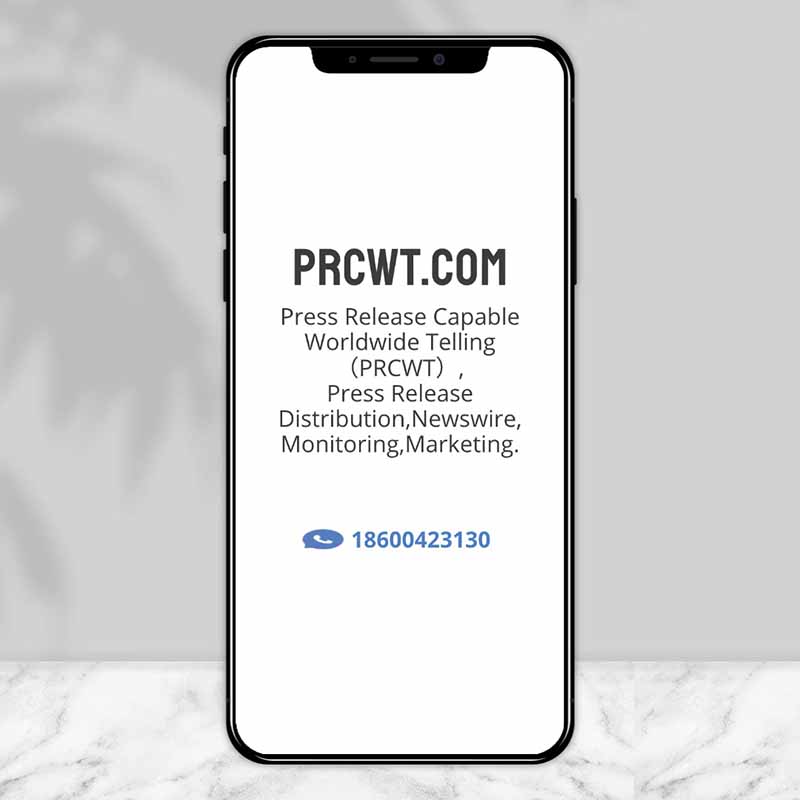In today's digital landscape, media distribution has become a crucial aspect of brand marketing. With the rise of social media, content marketing, and digital advertising, brands have more channels than ever to reach their target audiences. However, with so many options available, it can be challenging to determine which channels are most effective and how to allocate resources effectively. This article will explore the latest trends in media distribution and how brands can leverage these trends to drive growth and engagement.
According to recent industry data, global digital advertising spending is expected to reach $514.4 billion in 2023, up from $463.4 billion in 2022. This growth is being driven by the increasing popularity of social media, video advertising, and mobile advertising. Additionally, consumers are spending more time on digital devices than ever before, making it an ideal medium for brand messaging.

One of the key trends in media distribution is the importance of social media. Social media platforms such as Facebook, Instagram, and Twitter have become powerful marketing tools for brands. These platforms allow brands to connect with their target audiences on a personal level, build relationships, and drive engagement. Additionally, social media advertising offers highly targeted options, allowing brands to reach specific audiences based on demographics, interests, and behaviors.
Another important trend in media distribution is content marketing. Content marketing involves creating and sharing valuable, relevant, and consistent content to attract and engage a target audience. This can include blog posts, videos, infographics, e-books, and whitepapers. By providing valuable content, brands can position themselves as thought leaders in their industry and build trust with their audiences. Additionally, content marketing can drive traffic to a brand's website, increase social media engagement, and ultimately lead to conversions.
In addition to social media and content marketing, digital advertising is also an important aspect of media distribution. Digital advertising offers a wide range of options, including display advertising, search advertising, video advertising, and mobile advertising. Each of these options has its own unique benefits and drawbacks, and brands need to carefully consider which options are most effective for their goals and budgets.
To effectively leverage media distribution, brands need to have a clear understanding of their target audiences and their needs. They also need to have a well-defined marketing strategy and a plan for allocating resources. Additionally, brands need to measure and analyze their results to determine what is working and what needs to be改进.
In conclusion, media distribution is a critical aspect of brand marketing in the digital age. By leveraging the latest trends in social media, content marketing, and digital advertising, brands can reach their target audiences more effectively and drive growth and engagement. However, it is important to have a clear understanding of your target audiences and your goals, as well as a well-defined marketing strategy and plan for allocating resources. By doing so, you can ensure that your media distribution efforts are successful and that you are getting the most out of your marketing investment.